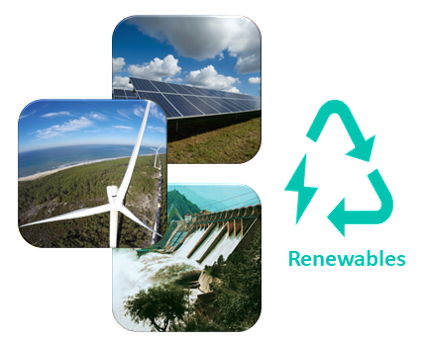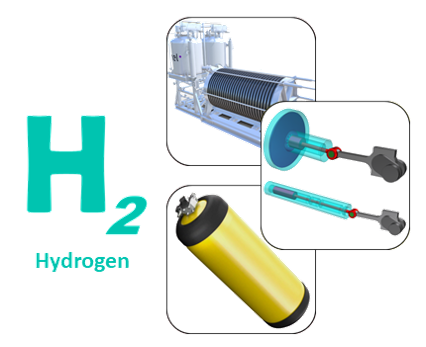AWOE: A World of Energy
AWOE is dedicated to providing insights into the renewable energy solutions, either already existing or in development.
By collecting figures from recognised sources in the scientific community, AWOE aims to highlight benefits and drawbacks of each solution without any bias. The overarching conclusion is the need for more collaboration between the different fields as no solution is a silver bullet applicable everywhere and at any time.
Technical insights and reports of Life Cycle Analyses intend to foster imagination to combine the numerous already existing solutions and to underline that no solution is (yet) truly zero-emission or covering all human needs.




